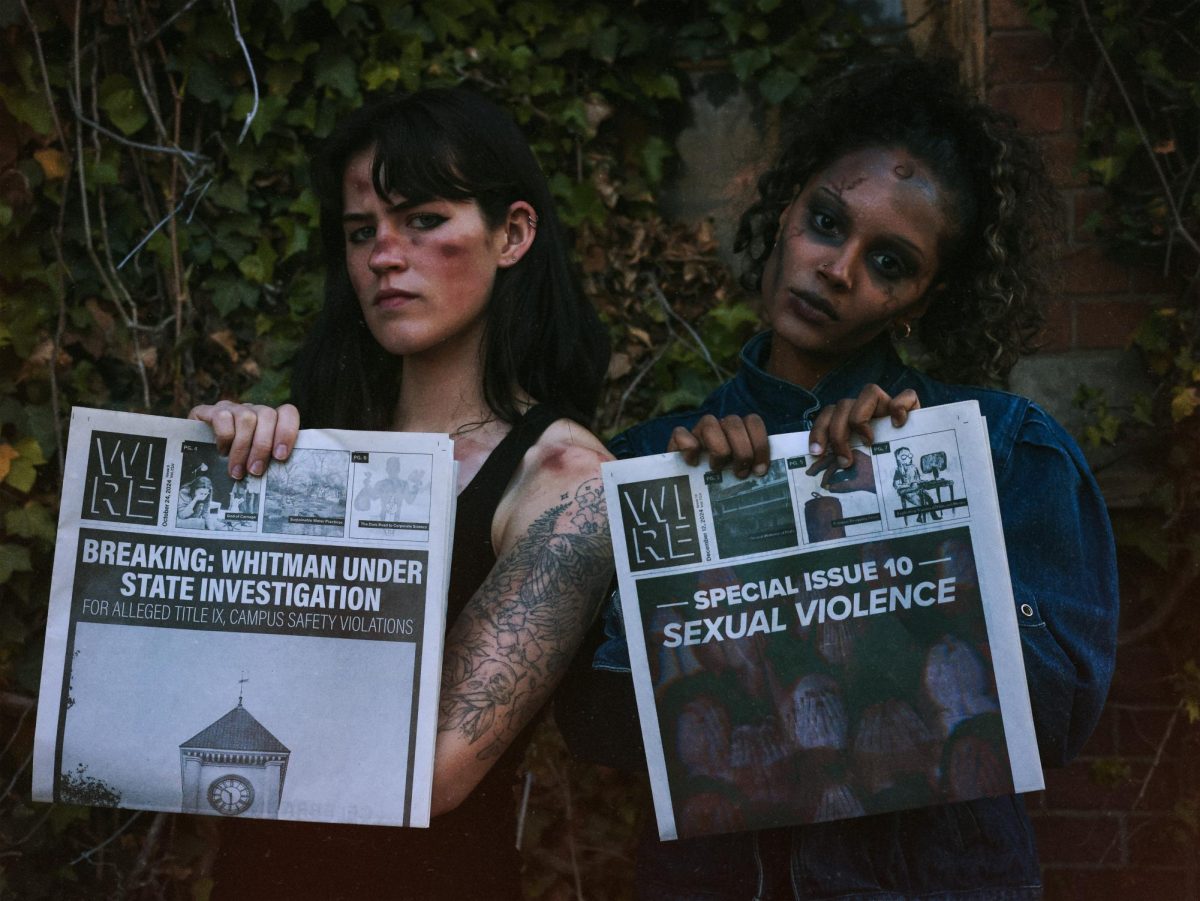Despite the endless beauty I find in being a woman, I could never deny that it is challenging to be one. From the moment we first trod the cold soils of the Earth to the time we reach the disorienting years of adulthood, we are constantly laden with society’s unrealistic, and often fatal, expectations and beauty standards.
Societal expectations and beauty standards for women have long been a constant in human history. But with the emergence and growth of corporations and the age of influencers, it has become an entire business to feed off of women’s insecurities to drive profit.
Many of us have become entrapped in mirrors, seeing reflections that make us constantly think something is wrong with our bodies. With the rapid and unprecedented rise of social media, and the conniving tactics of corporations, neologism’s targeting of perceived flaws in women’s bodies are only going to multiply.
Corporations manufacture women’s insecurities to sell their products, reinforcing dangerous definitions of what it means to be a woman in our society. According to Capital One Shopping, women account for up to 80% of consumer spending.
Women represent a significant portion, or the vast majority, of global consumers, so they have been primarily targeted by corporations to create profit — corporate strategy? Women’s insecurities.
Make women believe that something natural and normal about their bodies should be modified or fixed, and you have now generated a population of loyal consumers. A woman has to be hairless. She must have flawless skin. She must have a big bosom and a snatched waist.
She must have tanned skin. She must have lighter skin. Capitalism has implanted far-fetched expectations of being a woman, and it does so through manipulative advertising and relentless beauty trends that only grow more absurd as they continue to evolve.
During the early 1900s, shaving for women was not considered a widespread practice. But in order to drive their razor sales, Gillette drove women to remove any visible body hair as they marketed it to be “ugly,” and “unwanted.”
Since then, shaving women’s body hair has become an expectation, where you are deemed “unhygienic” or “unfeminine” if you refuse to do so, even when both of these are exaggerated lies. Such advertising is only fueled further by the age of influencers, where notions such as strawberry skin, hip dips, cellulite and facial fat have become prevalent and viewed as undesirable traits.
Through these cruel manipulations, women are forced to consume products and invent practices that would “correct” these perceived flaws.
I remember watching a Filipino advertisement for a whitening product encouraging women to use it to lighten their skin. A colorist product at its core. Because of the Philippines’s tropical climate, Filipinos tend to have more of a brown or tanned skin tone, especially with the constant sun exposure.
Despite this natural complexion, many whitening products dominate the market, promoting the idea that white skin is more desirable than one’s natural skin color. Now, white skin has become the prevailing beauty standard, and brown skin is looked down upon, as women are expected to have fairer skin.
However, not only do these corporations propagate unrealistic beauty standards, but attempts to reach those standards also create dangerous consequences that harm our health and bodies.
In a TikTok video by @Amina, she shares her experience with a skincare device called Medicube Booster, which supposedly aims to enhance the absorption of skincare products and improve overall skin appearance. In the video, she talks about how she recently got diagnosed with Bell’s palsy two days after using it, a condition that usually results in temporary paralysis on one side of the face.
In addition, skin bleaching, which is prevalent in many countries, with the Philippines and other Southeast nations being primary examples, presents significant health risks such as skin rashes, facial swelling and permanent skin discoloration.
Corporations are continuously exploiting women’s insecurities, creating a dangerous perception of a woman and a perverse cycle of never-ending consumption of beauty products to satiate our insatiable appetite for reaching society’s almost unattainable and dangerous standards.


